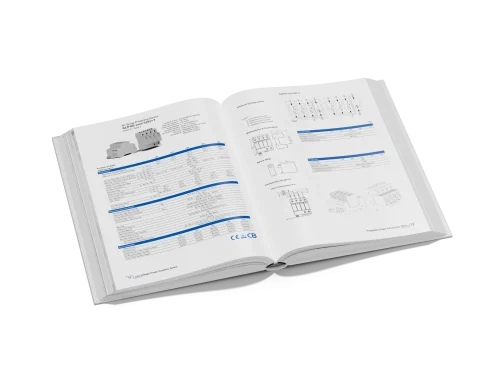HIITIO BS88 fuse is specifically designed and tested to provide best-in-class overcurrent and short-circuit protection for electric vehicle management systems and charging systems, with its small size and fast-breaking speed.

Contact Us Today to Discover How Our Innovative Products Can Power Your Future Projects!
With over 20 years of experience and more than 500 satisfied customers across 50+ countries, HIITIO is your trusted partner for high-voltage DC solutions in electric vehicles, solar energy systems, energy storage applications, and more.



As a prominent electrical components manufacturer, HIITIO specializes in high-voltage DC applications. We hold prestigious certifications, including ISO9001, ISO14001, ISO45001, and IATF16949, attesting to our commitment to quality, environmental responsibility, occupational health and safety, and automotive industry standards.
There are four series of fuses designed to ensure the safety of power systems. HIITIO BS88 fuses are up to 750VDC in ratings from 10 – 500A with a max breaking capacity of 50kA.
Due to its compact design and high breaking capacity, BS88 fuses are ideal for the protection of battery pack, EV management system, EV charging system and so on.
Our strong production capacity ensures that we can deliver any quantity of your order in a timely manner.
Our competitive factory prices ensure quality without sacrificing affordability, reducing your sourcing costs and boosting profitability.
Utilize our powerful manufacturing and research capabilities to give your brand a significant competitive advantage in the market!
Our ISO9001 and IATF16949 compliant PLM+ERP+MES system, along with rigorous quality testing, ensures top-tier quality.
Our high voltage fuses are accompanied by industry-leading certifications, ensuring safety and quality for both you and your clients.
From initial inquiry to post-sales technical assistance, we provide comprehensive one-on-one customer service throughout the entire process.
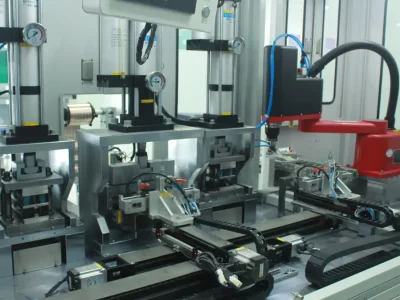
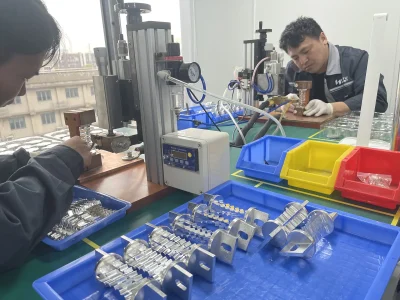
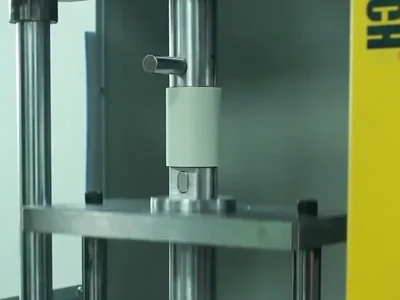
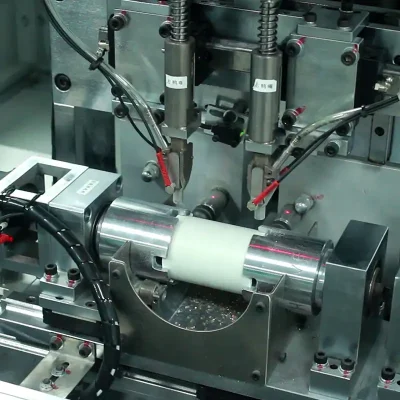
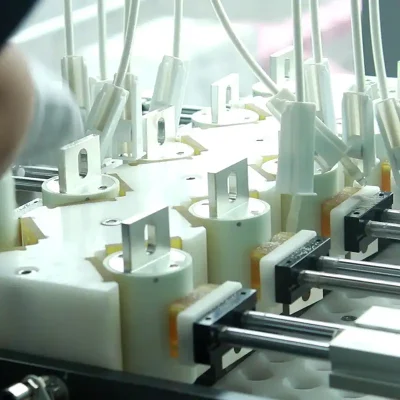
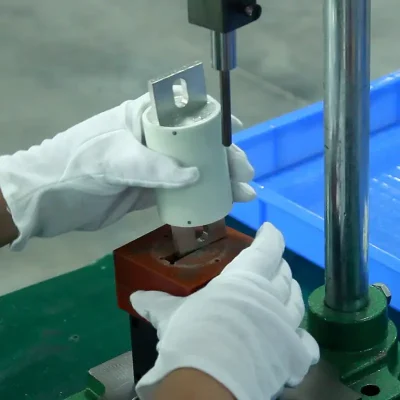
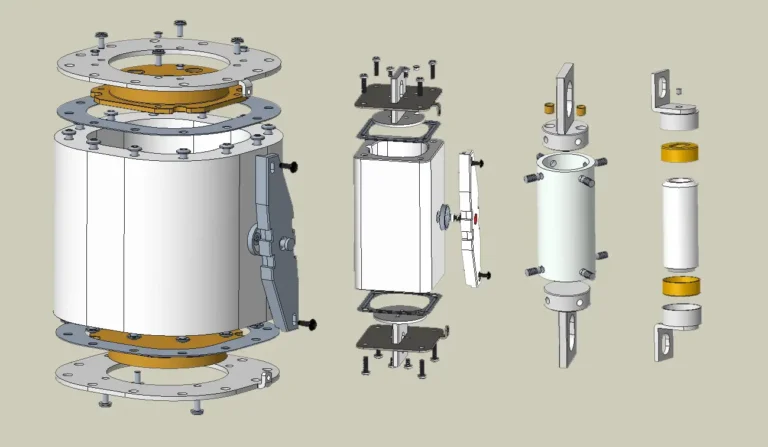
Our innovative R&D team is always at the forefront of the energy industry, constantly developing new technologies and specifications to ensure that our fast acting ceramic fuses meet your working conditions and perform stably over the long term.
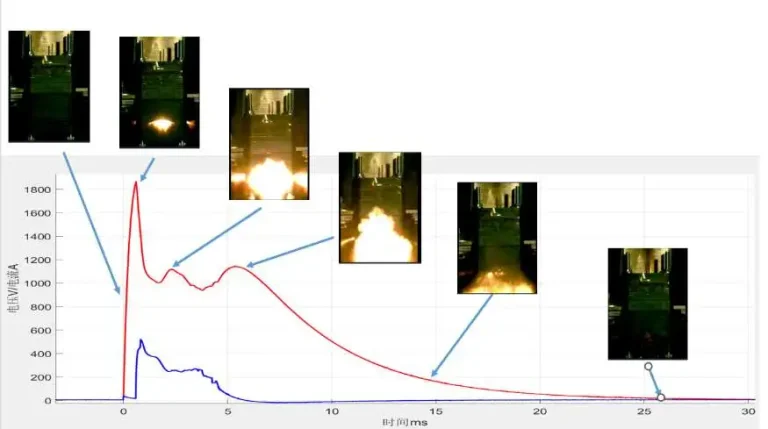
We carry out strict quality checks on each fast blow fuse to ensure that we provide you with a reliable and safe solution.
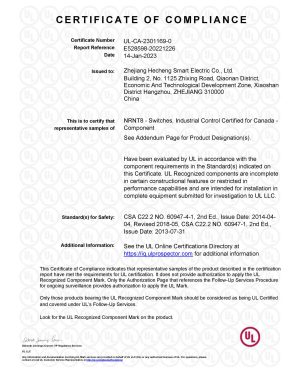
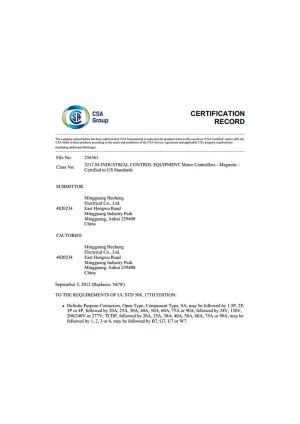
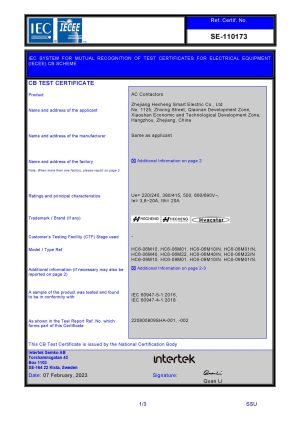
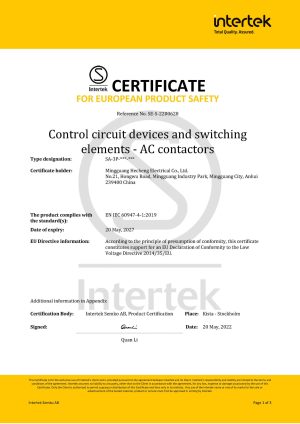
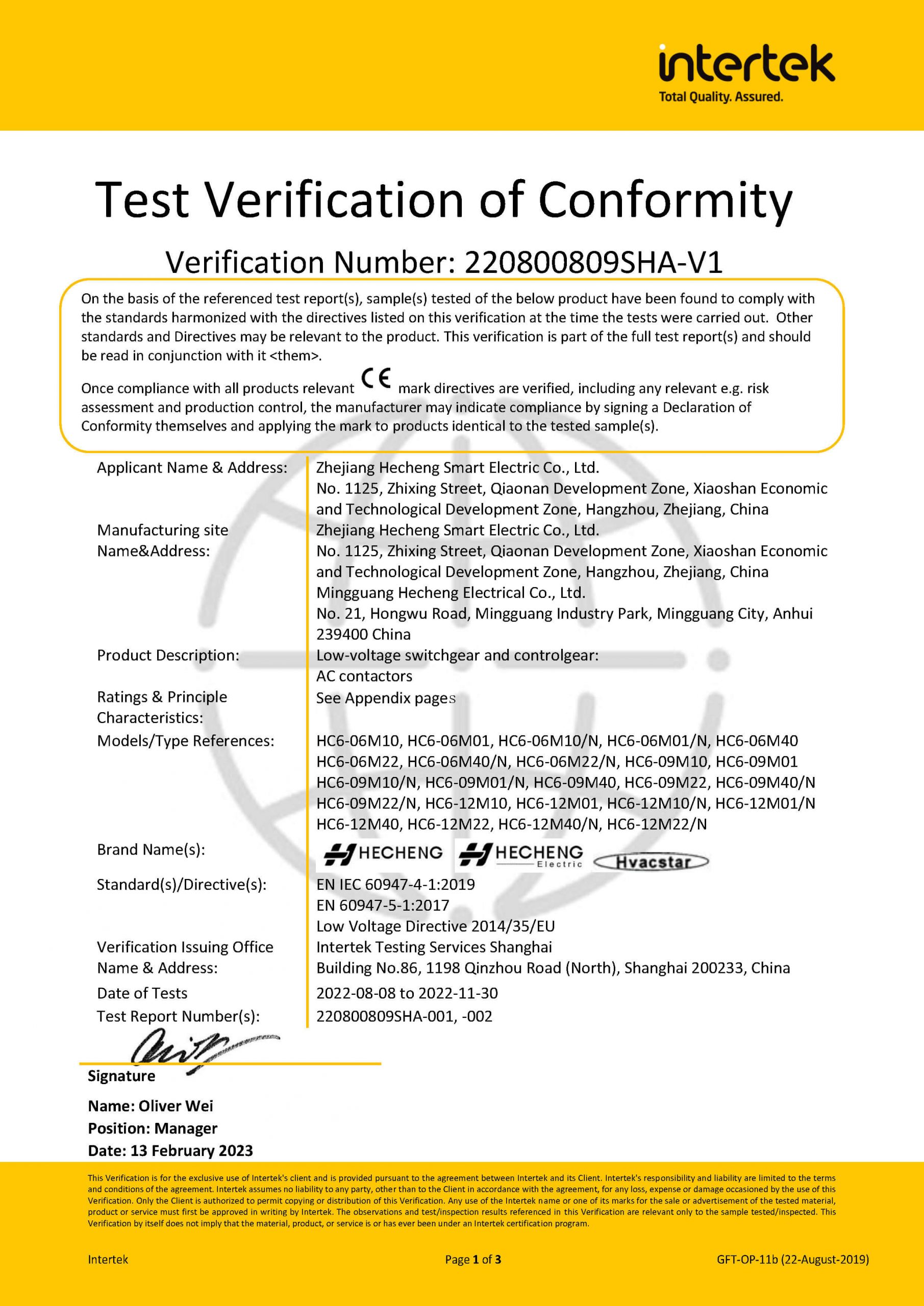
The voltage drop of a fuse is the voltage drop across the fuse under rated current conditions. It reflects the internal resistance of the fuse, and its value should not be too large.
If a fuse with too large internal resistance (voltage drop) is installed in the circuit, it will affect the system parameters of the circuit and cause the circuit to not work properly.
The standard not only stipulates the upper limit of the voltage drop value but also stipulates its consistency. If you would like to know the resistance data of HIITIO fuses, please contact us.
In the event of a short circuit, the fusible element begins to melt and then separates within milliseconds. The heat energy generated by a fuse during fault current breaking is usually expressed in joules, often called
It is proportional to the square of the current (‘I’ in amperes) during operation (‘t’ in seconds). The heat energy generated is expressed as melting I2t, arcing I2t and clearing I2t.
This is the amount of heat energy that passes through the fuse after an overcurrent occurs until the fuse element melts. It is equal to the RMS current squared times the melting time.
This is the heat energy passing through the fuse during the arc discharge. It is equal to the root mean square arc discharge current squared times the arc discharge time.
Also known as total clearing I2t, this is the I2t flowing through the current device from the beginning of the overcurrent until the current is completely interrupted. Clearing I2t is the sum of melting I2t and arcing I2t.
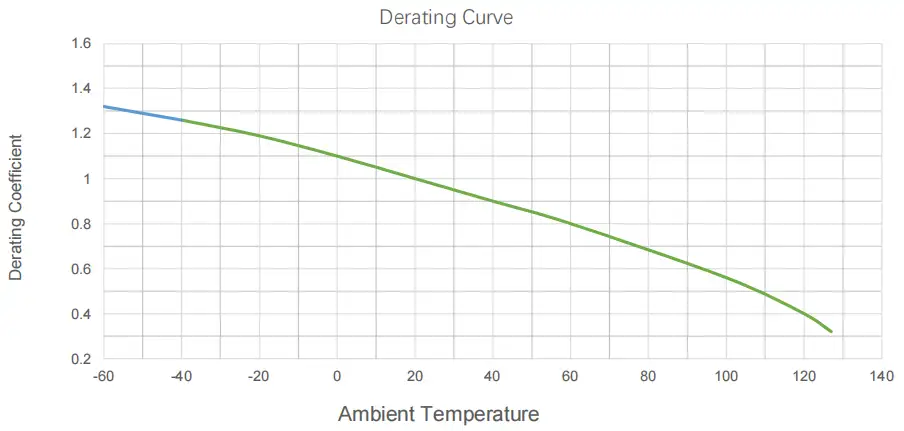
The current carrying capacity of a fuse depends on the operating ambient temperature conditions of the application in which it is used. It decreases as the ambient temperature increases and vice versa. The temperature derating curve can be used to determine this change in the current carrying capacity of the fuse over the operating temperature range.
The temperature derating curve shows the widest ambient temperature range (X-axis) over which the fuse can operate safely (also called the operating temperature range), and the corresponding derating factor to be applied to the rated current of the fuse.
The following figure is an example, assuming that a 100A fuse is used and the ambient temperature is 60℃. It can be seen from the curve in the figure that the derating coefficient is 0.8 at 60℃. Therefore, an 80A fuse should be used in this case (100A * 0.8 = 80A)
The temperature rise of the fuse refers to the temperature rise value of the fuse when 1.1 times (110%) of the rated current flows through the fuse, that is, the measured temperature minus the ambient temperature. The UL standard sets the upper limit at 75℃.
Because the melt of the fuse is relatively sensitive to temperature, its fusing point and impedance will change under the action of a certain high temperature for a long time, and this change will affect the accuracy of the fuse. This is commonly referred to as fuse aging.
Aging fuses are very dangerous when used in circuits. Therefore, we should pay attention to the temperature rise of the fuse when designing and using fuses. In the same way, we should also note that even if the fuse has not blown after a long period of use, it may have aged, and it is best to replace it at this time.
HIITIO® was established in 2018 as a result of Hecheng Electric introducing a mature R&D team. HIITIO specializes in producing high-voltage DC electrical devices for EV, solar energy systems, and energy storage applications.
Solution
Support
WhatsApp us
Years of experience
Countries & Areas
Customers
㎡ Manufacturing Factory
лет опыта
Страны и регионы
Клиентов
㎡ Производственная фабрика

Download Our Catalog
